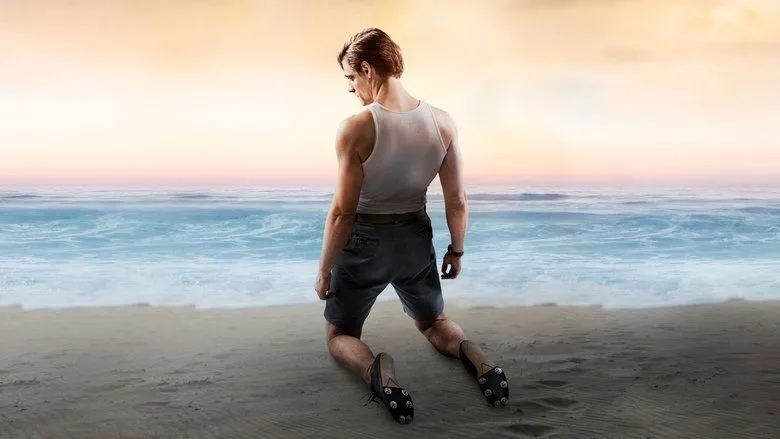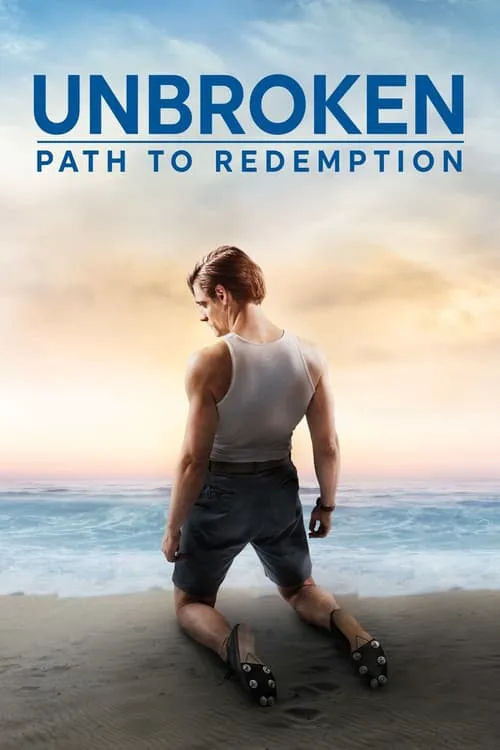Unbroken: Path to Redemption – A Deeper Dive into Healing
Following the powerful saga depicted in Angelina Jolie’s 2014 film Unbroken, the equally poignant 2018 spiritual sequel, Unbroken: Path to Redemption, takes audiences on a profoundly different, yet equally vital, journey. While the first film chronicled Louis Zamperini’s unimaginable physical endurance and survival as a World War II POW, this follow-up confronts the war’s most insidious and enduring casualties: the hidden scars of trauma, anger, and bitterness. This film, rather than merely rehashing heroic feats, dares to explore the arduous path to inner peace and the transformative power of faith and forgiveness, setting it apart as a crucial chapter in Zamperini’s incredible life story.

Confronting the Invisible Wounds of War
Unbroken: Path to Redemption courageously dives into the post-war life of Louis Zamperini when he returns to California, seemingly whole but deeply broken inside. The narrative meticulously peels back the layers of his outwardly charming façade, revealing a man tormented by vivid nightmares and seething anger stemming from his brutal experiences at the Ofunato POW camp. The filmmaking challenge here was to visually represent invisible emotional wounds, a stark contrast to the visceral physical tortures of the first film.
The film’s strength lies in its sensitive portrayal of Louis’s internal struggles and their profound impact on his marriage to Cynthia Applewhite. Actor Samuel Hunt, taking on the role of Louis, had the delicate task of conveying this internal battle – the transition from a celebrated war hero to a man grappling with debilitating PTSD, long before the term was widely understood. Merritt Patterson as Cynthia provides the grounding force, her unwavering support becoming the catalyst for Louis’s eventual search for healing.
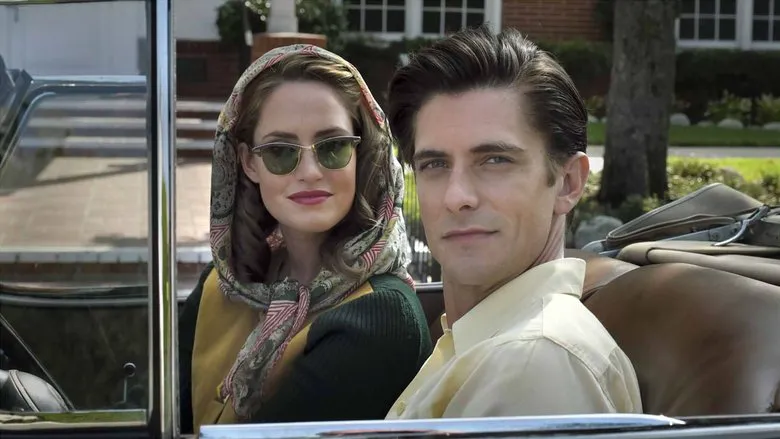
The Pivotal Role of the Billy Graham Crusade
A significant narrative divergence and the true heart of this film is Cynthia’s persistent, loving nudge that eventually leads Louis not to conventional therapy, but to the transformative 1949 Billy Graham Crusade in Los Angeles. This historical event serves as the literal and metaphorical “path to redemption” in the film, providing a distinct axis around which Louis’s spiritual awakening revolves. The decision to center this powerful moment, often overshadowed in broader retellings of Zamperini’s life, offers a unique cinematic focus.
Director Harold Cronk (known for God’s Not Dead) was tasked with authentically recreating the atmosphere of the Billy Graham Crusade – an evangelical phenomenon that touched millions. The challenge was to depict its scale and emotional impact without losing sight of Louis’s intensely personal journey within that massive setting. The film successfully juxtaposes the public spectacle with Louis’s private torment, leading to a powerful climax where he finally confronts his demons.
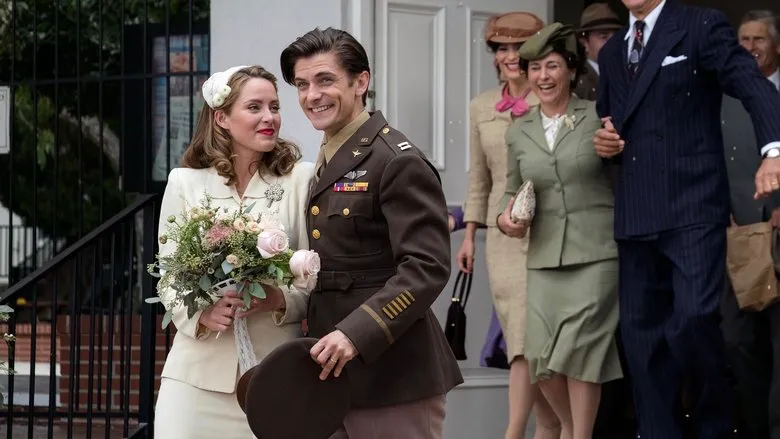
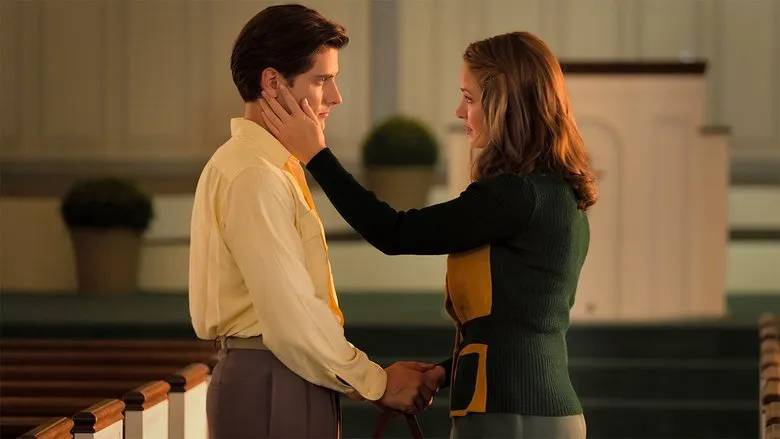
A Testament to Forgiveness and Resilience
The film masterfully builds towards Louis’s powerful testimony at the Crusade, a raw and unassuming confession that encapsulates the true meaning of the film’s title. This scene is not just a dramatic high point; it’s the culmination of his internal journey toward forgiveness—both for his captors and, perhaps more importantly, for himself. The film underscores that true strength isn’t just surviving adversity, but learning to live with its scars, transformed by grace.

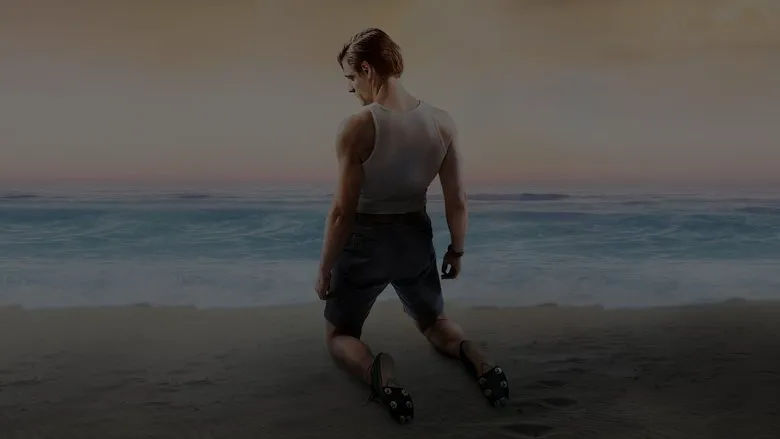
Unbroken: Path to Redemption serves as a poignant reminder of the complexities of the human spirit. It asks profound questions about healing, the enduring legacy of trauma, and where one finds solace when all else fails. Through Zamperini’s increasingly complex character development, we witness his transformation from a man consumed by bitterness to one who finds peace, purpose, and a renewed commitment to a meaningful life. This film doesn’t just entertain; it inspires, offering a universal message of hope, redemption, and the indomitable power of the human spirit to transcend even the most daunting of struggles.

